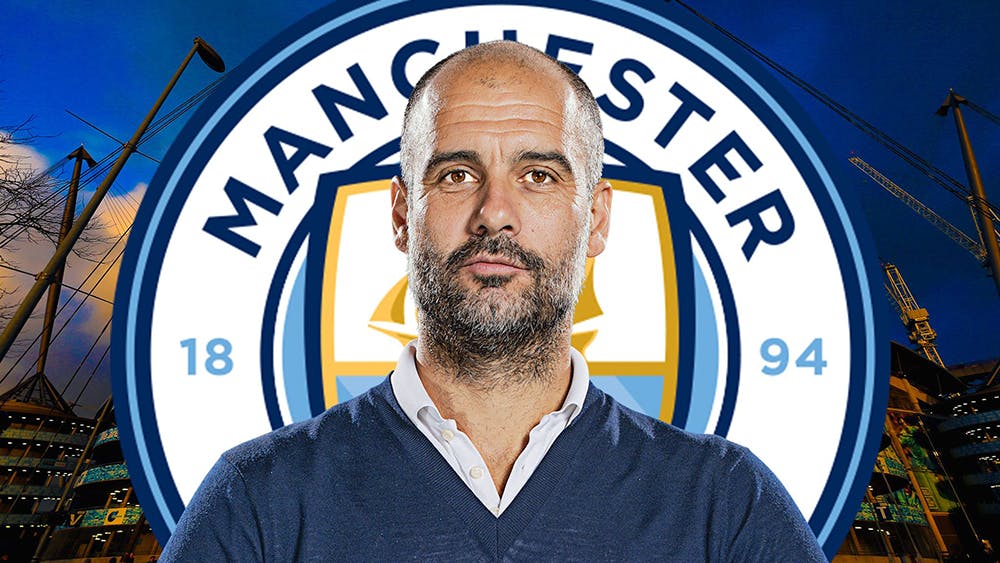It may have escaped without much media scrutiny, but at the end of last week FC Barcelona announced that they would be shutting down Barca TV as part of a cost-cutting strategy. Last summer the club received €200 million for selling two 24.5% stakes to Barca Studios to a media group and cryptocurrency business.
Barca Studios is the club’s hub for the development and production of cutting-edge content focused on enhancing the club’s brand, engagement, and storytelling capabilities. Up until this point, Barca TV has been a key outlet for this content, but as of next month this will no longer be the case.
The channel has been running since 1999, and its closure will result in over 100 redundancies including full time employees and freelancers. As the club continues to battle financial challenges from economic to sizable wage bills, this is the latest attempt to try and find financial parity. But does the closure of Barca TV represent something more significant? And will we continue to see further closures across the remaining European Giants who continue to run their own channels?
Manchester United, Liverpool, Real Madrid, Juventus, and AC Milan are the only clubs from Europe’s big 15 who continue to run their own channels, whilst Manchester City, Inter Milan, Bayern Munich Borussia Dortmund, and PSG run online-only subscriptions.
The investment required to produce content for a club’s owned TV channel is significant, and most channels are based around academy games, archive footage, and player/staff interviews. With clubs unable to show live, top-flight games, it raises doubts about what these channels offer to a consumer, in a world where demand for innovative, modern, and exclusive content is growing daily.
It feels like there is a significant shift starting to take place in the football fandom landscape as clubs transition from a brand-building mentality to more of a high-growth model akin to direct-to-consumer (D2C) brands. As clubs place more emphasis and importance on building deeper relationships and connections with their global fan base, content is the biggest asset they own in achieving these goals.
The success of behind-the-scenes formats such as “Drive to Survive” or “Welcome to Wrexham” has demonstrated how effectively storytelling can reach and convert new fans, audiences, and followers. The success of these series shines a light on the possibilities that exist to engage with current and potentially new supporters in non-live event channels across various digital formats.
With the growth of the Women’s game, reinforced by another staggering attendance at Wembley for the Women’s FA Cup Final this weekend, it further highlights the opportunities that clubs have to create new stories and stars where a demand clearly now exists. As clubs continue to target fan revenue opportunities, this will only speed up the process of mirroring D2C organisations from a philosophy and talent acquisition perspective.
As the shutters start to come down on Barca TV and the world continues to move away from linear broadcast models, it will be fascinating to see whether Manchester United, Liverpool FC, Real Madrid, Juventus, and AC Milan will still be running their own TV channels when 2024 arrives.



